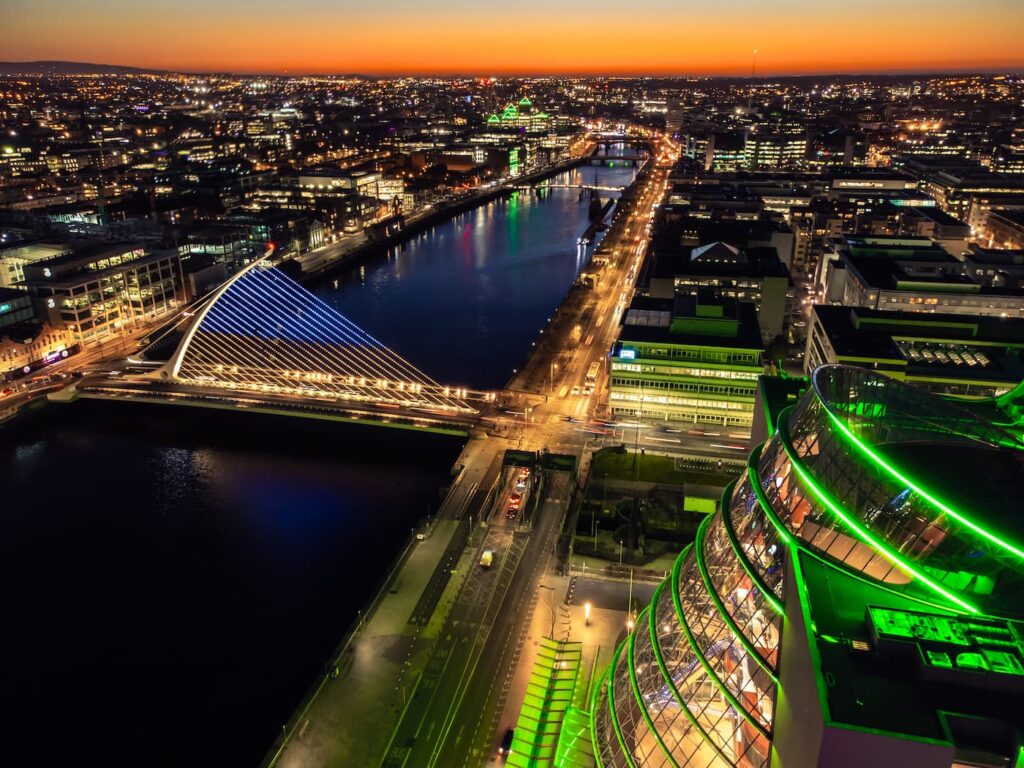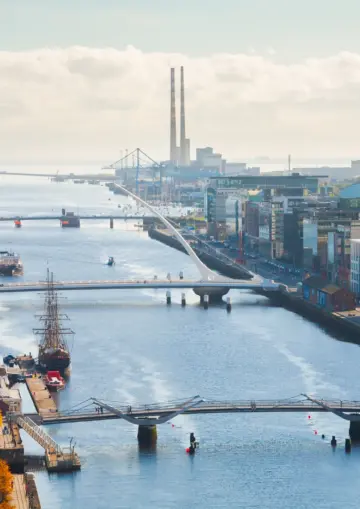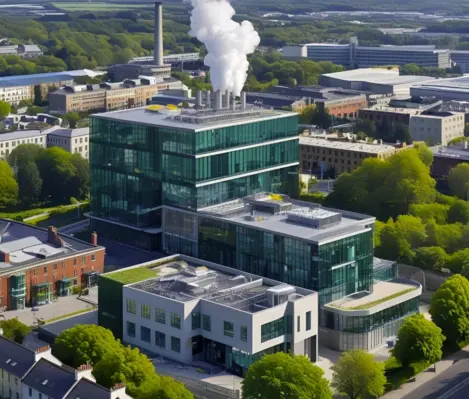Dublin Region Energy Master Plan
The Dublin Region Energy Master Plan provides realistic, evidence-based pathways for the Dublin region to achieve its carbon emission reduction targets to 2030 and 2050.

About the project
The Dublin Region Energy Master Plan is a key project supporting Codema’s energy planning work. The master plan is the first of its kind in Ireland, providing realistic, costed pathways for the Dublin Region to achieve its carbon emission reduction targets to 2030 and 2050. These pathways have been based on detailed local-level, spatially-driven energy scenario modelling and identify low-carbon technologies specific to the energy characteristics of a particular area at a local level, which has not been carried out before for any county in Ireland.
The master plan addresses all energy sectors of electricity, heat and transport, and crucially has been modelled not just from a spatial and technology perspective but also from a socio-economic point of view. This project also identifies and supports the use of low-carbon sources local to Dublin, develops and harnesses new, local-level energy policy practices, and strengthens Ireland’s integrated energy system modelling capabilities. To do this, the master plan brings together and amalgamates, for the first time, all the relevant government and various energy-related departments’ plans and policies together to show their impact at a county/local level.
Project results

Project team

John O’Shea
Senior Energy Systems Analyst / Heat and Electricity Lead

John O’Shea
Senior Energy Systems Analyst / Heat and Electricity Lead

Rebecca Cachia
Executive Manager - Energy Planning

Rebecca Cachia
Executive Manager - Energy Planning

Eoin Ahern
Senior Energy Engineer / Transport and Renewables Lead

Eoin Ahern
Senior Energy Engineer / Transport and Renewables Lead

Ciarán Murphy
Executive Manager - Research, Development and Innovation

Ciarán Murphy
Executive Manager - Research, Development and Innovation
Ciarán has a bachelor's in mechanical engineering and a master's in energy systems engineering from UCD.
Project funder
Project resources

Full Report - Dublin Region Energy Master Plan (PDF)

Summary Brochure - Dublin Region Energy Master Plan (PDF)
Presentation from the launch of the Dublin Region Energy Master Plan (PDF)
Recording of the launch of the Dublin Region Energy Master Plan
Main Infographic - Dublin Region Energy Master Plan (PDF)
Heat Infographic - Dublin Region Energy Master Plan (PDF)
Electricity Infographic - Dublin Region Energy Master Plan
Transport Infographic - Dublin Region Energy Master Plan
See more projects in this area

Scope 3 Innovation Voucher

REEF
